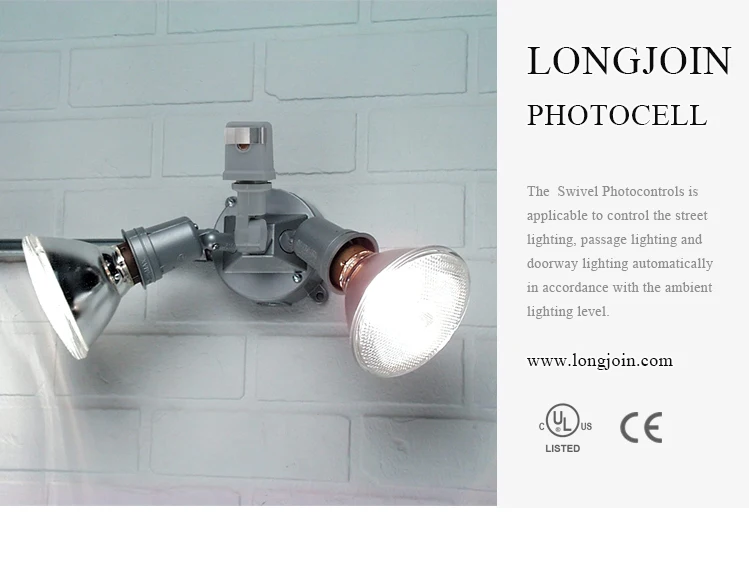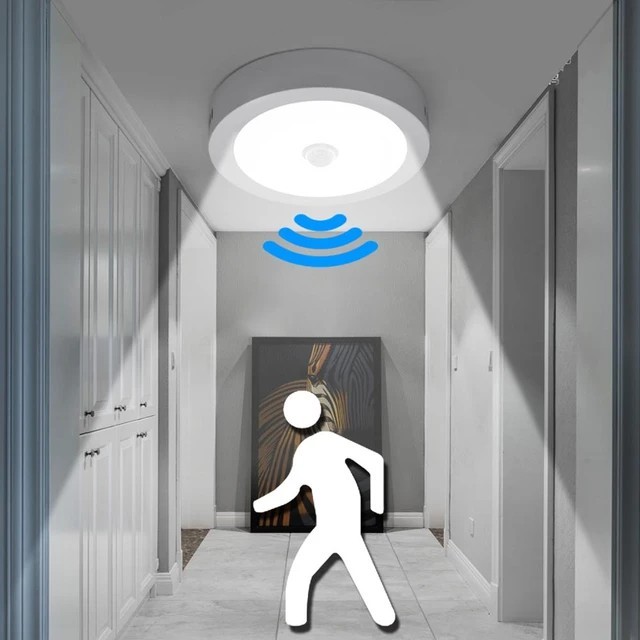What is the Difference Between a Photocell and a Motion Sensor?
Introduction
In modern technology, the nuances between various gadgets can sometimes feel like deciphering a secret code. Today, let’s shed light on a common conundrum: the difference between a photocell and a motion sensor. These unassuming devices play pivotal roles in our daily lives, yet their distinctions might escape our notice.
You’ve probably encountered photocells and motion sensors countless times without giving them a second thought. A photocell, also known as a photoresistor, responds to changes in light, toggling between on and off states.
On the flip side, a motion sensor detects movement, triggering actions based on its surveillance features. At a glance, they might seem like distant cousins in the world of sensors, but delve a bit deeper, and you’ll uncover their unique capabilities and applications.
In this article, we will unravel the mysteries behind these devices of smart technology. We’ll explore how photocells and motion sensors operate and how they contribute to the seamless functioning of our tech-infused environments.
How do Photocells Work?
Photocells, scientifically known as photoresistors or light-dependent resistors (LDRs), are semiconductor devices exhibiting variable resistance characteristics contingent upon incident light intensity.
At its fundamental level, a photocell functions as a resistor whose resistance modulates in response to the incident light flux. Its operational paradigm is rooted in the photoconductivity exhibited by certain semiconductor materials. In well-lit environments, the semiconductor material experiences a surge in conductivity due to the interaction with photons.
Typically, photocells feature a semiconductor material, strategically interposed between two layers. The semiconductor serves as the primary active component, facilitating the alteration of its electrical properties in the presence of light. This layered construction is within a housing, protecting the internal components.
As photons collide with the semiconductor, they impart sufficient energy to electrons, promoting them to higher energy levels. This transition enhances the semiconductor’s conductivity, fostering a more facile flow of current.
Essentially, during day time, when the light is bright, the photocell works to reduce the energy, thus turning off the lights on streetlights. And at dusk, the energy increases, increasing the light energy.
Photocells can be integrated in various electronic systems, such as streetlights, signage, and occupancy-sensing devices. Essentially, photocells function as sensory components, orchestrating electronic responses contingent upon ambient light conditions.
What are Motion Sensors?
Motion sensors are the reason your lights magically turn on when you walk into a room or your phone knows when to flip its screen.
In a nutshell, motion sensors are small devices that pick up any sort of movement in their surroundings. They work in various ways, like sensing heat changes, playing with sound waves, or even taking quick snapshots of an area.
Various types of sensors employ distinct mechanisms for detecting movement. Here’s a breakdown of the common ones:
Passive Infrared Sensors (PIR):
Using infrared radiation, Passive Infrared Sensors (PIR) sensors identify alterations in heat patterns. Each object emits infrared radiation, and when an object moves within the sensor’s range, it detects the fluctuation in heat, signaling the presence of motion.
Ultrasonic Sensors:
Functioning akin to echolocation, ultrasonic sensors emit ultrasonic waves. In the absence of motion, the waves bounce back regularly. However, when an object moves, it disrupts the wave pattern, triggering the sensor to register motion.
Microwave Sensors:
Operating on the principle of microwave pulses, these sensors send out and receive microwaves. When motion occurs, altering the echo pattern, the sensor is activated. This mechanism resembles a miniature radar system integrated into the motion sensor.
Image Sensors:
Employed predominantly in security cameras, image sensors capture successive frames of an area. Motion is detected when there’s a variance between frames. Essentially, these sensors function as high-speed photographers, alerting the system to any changes.
Tomography Sensors:
Leveraging radio waves, tomography sensors create an imperceptible mesh around an area. Motion disrupts this mesh, causing changes in radio wave patterns, which the sensor interprets as movement.
Think of them as the eyes and ears of your smart devices, always ready to let them know when there’s a little action happening.
Photocells vs. Motion Sensors
Photocells, or photoelectric sensors, operate on the principle of light detection. These sensors contain a semiconductor that changes its electrical resistance based on the amount of ambient light.
As daylight diminishes, the resistance increases, triggering the sensor to activate the connected lighting system. Photocells are particularly effective in environments with consistent light patterns, providing energy-efficient lighting control.
While photocells offer simplicity and reliability, they may face challenges in areas with varying light conditions, such as those prone to sudden cloud cover or shaded locations.
Motion sensors, on the other hand, rely on infrared or ultrasonic technology to detect movement within their field of view. When motion is detected, the sensor signals the lighting system to turn on. These sensors are ideal for spaces where lights are only needed when occupants are present, such as hallways or closets.
Motion sensors excel at providing instant illumination upon detecting movement, contributing to energy savings by ensuring lights are active only when required. However, they may exhibit sensitivity to non-human motion sources, leading to occasional false triggers.
The selection between photocells and motion sensors depends on specific requirements and environmental considerations. If consistent ambient light control and minimal user intervention are priorities, photocells prove advantageous. For applications demanding on-demand lighting activation in response to human presence, motion sensors offer a more tailored solution.
In the comparison of photocells vs. motion sensors, each system presents distinct advantages and limitations. The ultimate choice hinges on the intended application and the desired balance between energy efficiency and responsiveness. By understanding the technical intricacies of these lighting control technologies, users can make informed decisions to meet their specific needs.
Which Is More Energy-efficient?
Photocells, or photoelectric cells, operate on the principle of light detection. Utilizing a semiconductor to measure changes in light levels, they are commonly employed in outdoor lighting systems. During daylight hours, when ambient light is sufficient, the photocell ensures that the lights remain off. As dusk falls, it triggers the illumination process.
From an energy efficiency standpoint, photocells excel during nighttime operation. Their automated functionality eliminates the need for manual intervention, ensuring that energy consumption aligns with actual lighting requirements.
Nevertheless, photocells are susceptible to environmental factors, such as overcast conditions or the presence of strong artificial lighting, potentially leading to erroneous activation and energy wastage.
Motion sensors, in contrast, rely on detecting physical movement to activate lighting systems. Commonly employed as occupancy sensors, they respond dynamically to changes in their sensing field. When motion is detected, the lights are triggered to turn on, offering a lights-on-demand approach.
The efficiency of motion sensors lies in their precision and adaptability. Irrespective of the ambient light conditions, these sensors prioritize movement, making them particularly effective in areas with sporadic foot traffic.
However, a drawback of motion sensors is their tendency to deactivate lights in the absence of movement over a specific duration. Users may experience lights turning off when stationary, necessitating movement to re-activate the lighting system.
Determining the superior energy-efficient option hinges on specific lighting requirements. Photocells synchronize with natural light changes and are well-suited for applications where this alignment is critical. Conversely, motion sensors are adept at responding to human presence, excelling in areas where lights-on-demand is paramount.
However, for a tailored solution that suits your specific requirements, explore our range of innovative lighting technologies at Chiswear.
Conclusion
In essence, the difference between photocells and motion sensors boils down to their primary stimuli. Photocells operate based on changes in ambient light, fine-tuning illumination in response. Conversely, motion sensors kick into action when detecting movement, prompting the activation of lighting systems. The choice between the two hinges on nuanced technical needs. So, whether it’s fine-tuning illumination or responding to motion, these sensors cater to diverse requirements in terms of smart lighting technology.


